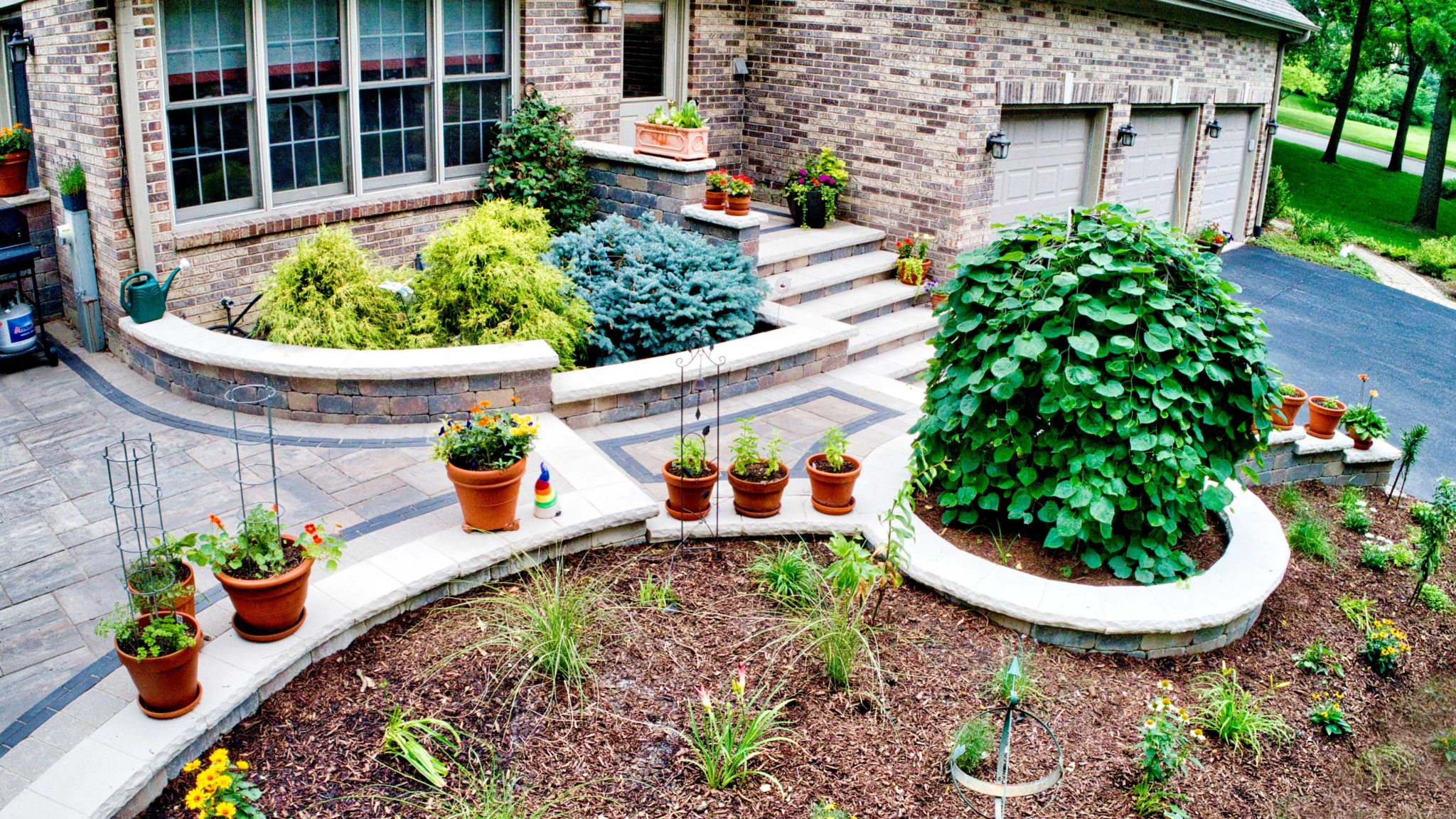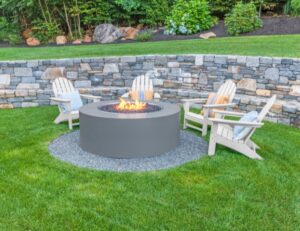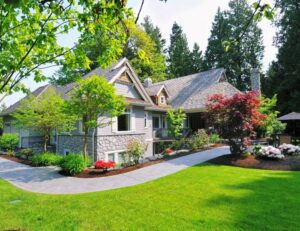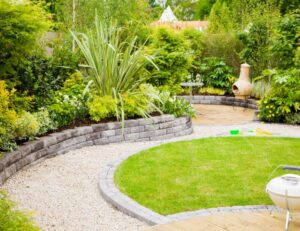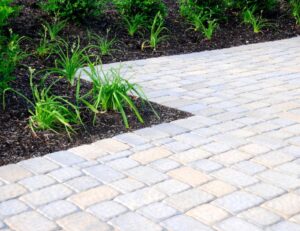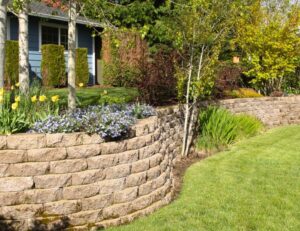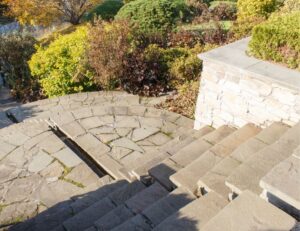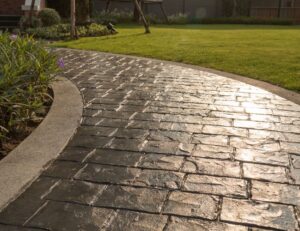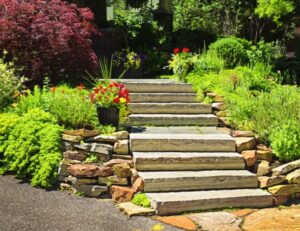Chicago’s changing seasons create a dynamic environment for homeowners looking to maintain a thriving landscape. With hot summers, freezing winters, and unpredictable transitions in between, knowing when and what to plant can make all the difference. Whether you’re starting fresh or refining an existing landscape, this seasonal guide will help you cultivate a beautiful and resilient outdoor space throughout the year.

Spring: Laying the Foundation for Growth
As the snow melts and the ground thaws, spring is the perfect time to prepare your landscape for the growing season. The soil is waking up after winter dormancy, making early care crucial for healthy plants and lawns.
Start by aerating compacted soil and adding organic compost to replenish nutrients lost over the winter. Early spring is also the best time for pruning shrubs and trees while they are still dormant, allowing for stronger growth later in the season. If your lawn is looking patchy, overseeding now will give it a head start before summer heat arrives.
By late spring, it’s time to introduce new plantings. Cool-season flowers like pansies and violas provide early color, while perennials such as daylilies and hostas establish deep roots for long-term growth.
Key Spring Tasks:
- Aerate soil and apply organic compost
- Prune dormant trees and shrubs
- Overseed lawns for thick summer growth
- Plant cool-season flowers and perennials
- Apply mulch to retain moisture and suppress weeds
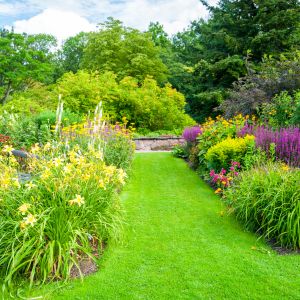
Summer: Maintaining Strength & Color
With temperatures rising, summer presents new challenges for maintaining a healthy landscape. The key is to stay ahead of the heat and potential drought conditions with proper watering and plant selection.
Deep watering in the early morning or late evening helps prevent evaporation while ensuring plants receive the moisture they need. Lawns typically require about an inch of water per week, while garden beds benefit from a layer of mulch to retain soil moisture.
For a landscape that thrives in the heat, choose hardy plants like coneflowers, black-eyed Susans, and ornamental grasses, all of which are drought-tolerant and low-maintenance. Summer is also a prime time for vegetable gardening, with tomatoes, peppers, and cucumbers thriving in the sun.
Summer Landscape Tips:
- Water early in the morning or late evening to prevent evaporation
- Use drought-tolerant plants for a low-maintenance landscape
- Monitor for pests and fungal infections in humid conditions
- Apply mulch to retain soil moisture and reduce weeds
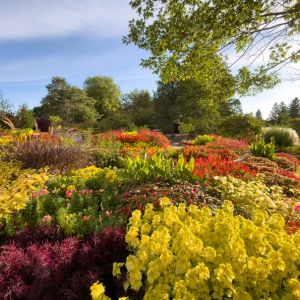
Fall: Preparing for the Future
Autumn is one of the most important seasons for long-term landscape health. Cooler temperatures make it easier to establish new plantings, while the soil remains warm enough to encourage root growth before winter dormancy.
If you’ve been considering adding perennials, shrubs, or trees to your yard, early fall is the best time to do it. Plants like hydrangeas, asters, and ornamental kale add vibrant seasonal color while strengthening their roots for the next growing season.
Lawns also benefit from fall care. Aerating the soil, overseeding, and applying a slow-release fertilizer will keep your grass strong through winter. Fallen leaves should be mulched into the lawn for added nutrients or removed to prevent mold growth.
Late fall is the time for winterizing your landscape. Cut back spent perennials, apply a fresh layer of mulch around plant bases, and wrap delicate shrubs in burlap for added protection. These simple steps ensure your landscape survives the winter and thrives again in spring.
Fall Must-Dos:
- Plant perennials, shrubs, and trees to establish strong roots
- Aerate and fertilize your lawn for winter resilience
- Mulch fallen leaves into the lawn for added nutrients
- Winterize delicate plants with protective coverings

Winter: Protection & Planning
Though winter signals a time of dormancy, it doesn’t mean your landscape should be ignored. In fact, this is the perfect season to plan ahead and make preparations for spring.
If you have delicate plants or young trees, consider adding protective coverings to shield them from harsh winds and heavy snow. Avoid piling salt near plant beds, as it can damage roots and soil quality.
Indoor gardening can also provide a green escape during winter. Herbs like basil, rosemary, and mint thrive in sunny windows, adding fresh flavors to your meals while keeping your green thumb active.
Most importantly, use this time to plan for next year. Research new plants, sketch out potential garden layouts, and order seeds in advance. By preparing during winter, you’ll be ready to take full advantage of spring when it arrives.
Winter Landscape Considerations:
- Protect young trees and delicate shrubs with burlap wraps
- Avoid salt buildup near plant beds to prevent root damage
- Plan next season’s garden and order seeds early
- Consider indoor herb gardening for fresh greens year-round
Keep Your Landscape Thriving Year-Round With Seasonal Landscape Solutions
Chicago’s seasonal shifts bring both challenges and opportunities for maintaining a vibrant landscape. By understanding what to plant and when, along with implementing proper care techniques throughout the year, you can ensure that your yard remains beautiful and healthy no matter the season.
From refreshing your landscape in the spring to protecting it during the winter, a little planning and maintenance go a long way. Whether you’re looking to enhance your curb appeal, create a functional outdoor space, or simply enjoy a flourishing garden, following this guide will set you up for success.
If you need expert help in designing, planting, or maintaining your landscape, Seasonal Landscape is here to assist. Contact us today to bring your outdoor vision to life with customized solutions tailored to Chicago’s unique climate.
Frequently Asked Questions (FAQ)
1.When is the best time to plant perennials in Chicago?
Spring (April-May) and early fall (September-October) are ideal for planting perennials, allowing their roots to establish before extreme temperatures set in.
2. How often should I water my lawn in the summer?
A deep watering once or twice a week, providing about one inch of water, is ideal. Watering early in the morning helps reduce evaporation.
3. What are some native plants that thrive in Chicago?
Native plants like purple coneflowers, black-eyed Susans, and little bluestem grass require minimal maintenance and adapt well to Chicago’s climate.
4. When should I fertilize my lawn?
Fertilize your lawn in early spring, midsummer, and fall to keep it strong throughout the year. A winterizing fertilizer in late fall helps protect it over winter.
5. How can I protect my plants from winter damage?
Apply mulch around the base of plants, wrap shrubs in burlap, and avoid piling snow or ice melt near sensitive plants.
6. What USDA Hardiness Zone is Chicago In?
Understanding the USDA Hardiness Zone for Chicago is essential for selecting plants that will thrive year-round. Chicago primarily falls within Zone 5b, which means it experiences minimum winter temperatures between -15°F and -10°F. However, some areas, especially closer to the city, may border Zone 6a, where winter temperatures range from -10°F to -5°F.
When planning your landscaping, it’s best to choose plants that are rated for Zone 5b or lower to ensure they can withstand Chicago’s harsh winters and unpredictable weather conditions. Need help selecting the right plants for your landscape? Reach out to our team for expert guidance!
7. How can I make my landscape low-maintenance?
Opt for drought-resistant native plants, install an irrigation system, use mulch to retain moisture, and incorporate hardscaping elements like patios and walkways to reduce the amount of lawn that needs upkeep.

